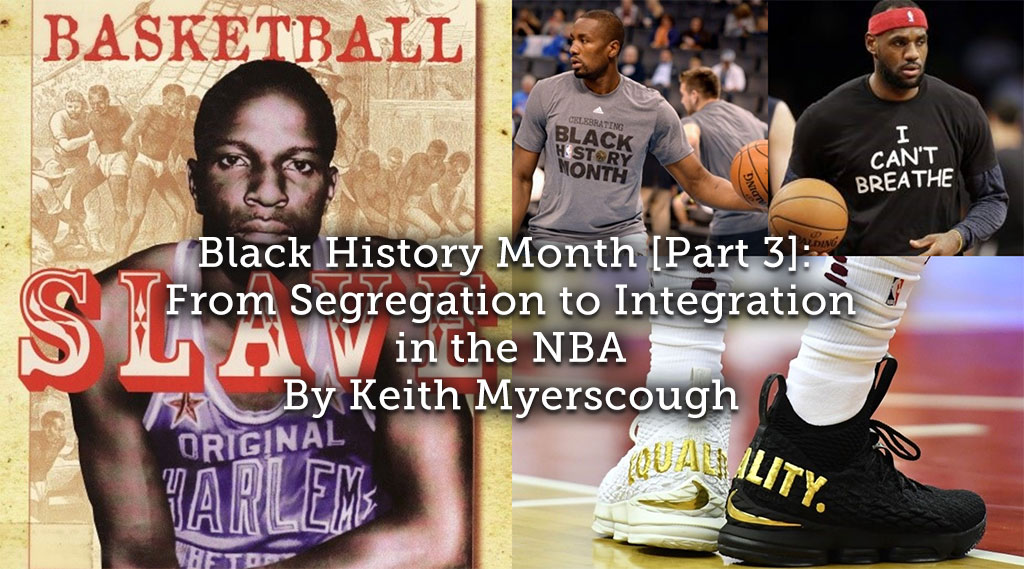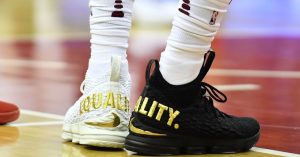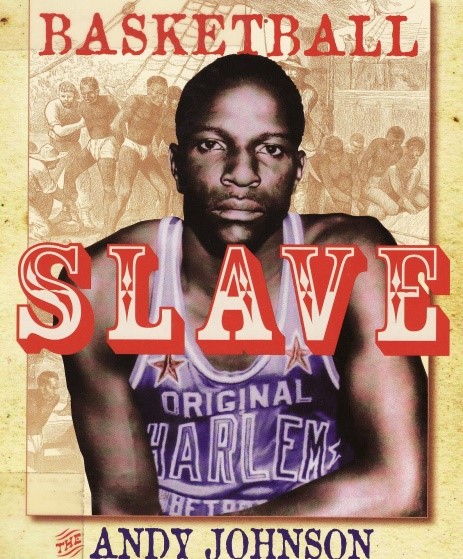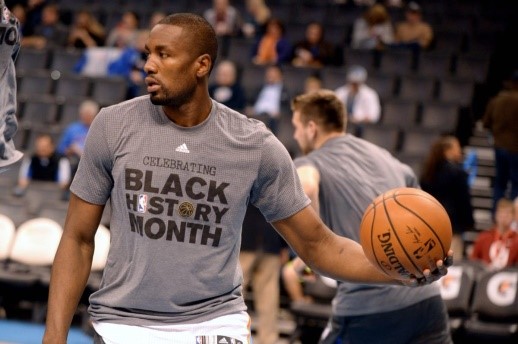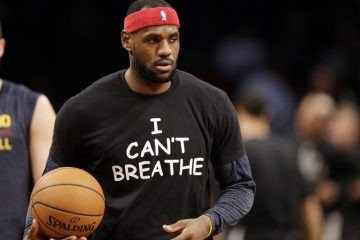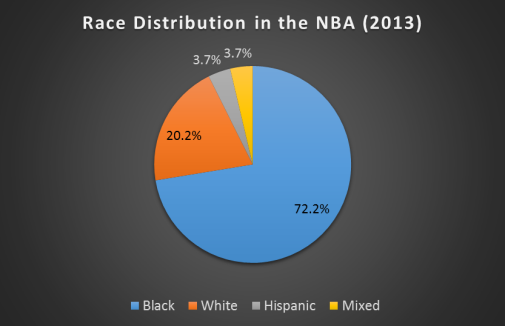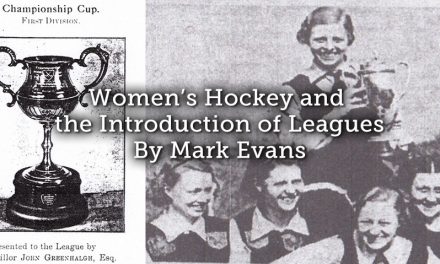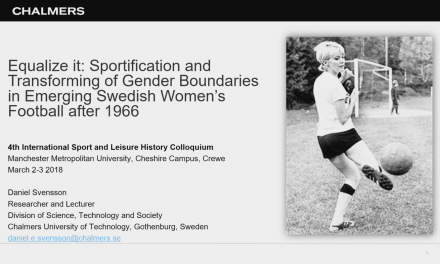For Part 1 and 2 of this series please see – Part 1 – bit.ly/2G1f1fV and Part 2 – bit.ly/2IpD0IM
The NBA (National Basketball Association) was formed in 1950 in order to take advantage of a national obsession with playing and watching basketball. It was a period when cracks began to appear in the Jim Crow doctrine of establishing separate but equal communities (see part 2). In professional basketball it took the form of African-American teams and individual players attempting to create an environment where basketball could become a vehicle to aid integration. However, the NBA, in its first decade, was dominated by white players, coaches, owners, and managers. Notions of integration and equal rights were still some way off.
NBA teams had adopted a black-player quota system with teams giving contracts to a maximum of three black players. They were hired not to score baskets but to defend and get the ball to white players. In the first season of the NBA, 1950-1951, there were four black players representing teams in the Eastern Time zone – New York City, Boston, Washington, and Buffalo. In the 1959 to 1960 season, the number of black players rose to 18; Boston (2), Philadelphia (4), and Syracuse (3), and the other five teams had either one or two players.
- Andy Johnson, NBA 1958-1962
The system of recruiting players to the NBA was discriminatory in the 1950s and 1960s, taking the majority of its players from white industrial teams and white universities. Talented black players, from segregated universities and barnstorming teams such as the Harlem Globetrotters, were blocked from dominating the league in its first two decades. Today, 2019, black basketball players appear to have navigated the colour line in their sport. NBA players have the highest average career earnings in US professional sports, at $24.8 million, with an average career length of 4.8 years. However, in the 15 years Michael Jordan played in the NBA his total career earnings have been estimated to be $1.85bn. In 2017, Nike paid him $100m from sales that year of his Air Jordan brand. A clearer picture of the treatment of black players in the NBA is portrayed in the careers of Oscar Robertson (1960-1974), Kareem Abdul-Jabbar (1969-1989), and Charles Barkley (1984-2000), as they cover a 40 year period of significant changes in black civil rights in America and the NBA. The status and wealth of black basketball stars, however, has not eradicated all the barriers to gaining equity as a citizen of the USA.
- NBA celebrates Black History Month.
Oscar Robertson’s career heralded the end of the NBA quota system and the introduction of an era when elite black players started to dominate both the professional and college games. During his career Robertson was apolitical, never voicing his thoughts until he retired. In contrast, Kareem Abdul-Jabbar, who was born Lew Alcindor in New York, had his politics and religious beliefs shaped by his experiences at UCLA. His time at the university saw him change his name, becoming a devote follower of the Islamic faith and a political activist. He was due to play in the 1968 Mexico Olympics, but he refused to represent the USA in support of the boycott by 32 African Nations. Paradoxically, Abdul-Jabbar has remained close friends with his college coach John Wooden – both hold deeply held beliefs in their respective religions. Charles Barkley represents the modern era with talented black players being enticed to join a university’s commercially organised basketball programme. The NBA’s draft system for successful players ensures that their financial futures are secured. Barkley has adopted a style of commentary on topical social issues that reflects the way he played the game – aggressive, uncompromising, and often self-destructive. But he has found his voice and people do listen to him.
- LeBron James, 2017
The resentment of black professional basketball players towards the racist treatment African-American communities still endure is now being voiced in comparative freedom. There has been a cultural shift in the stance black athletes in general have taken on issues of civil rights. Protests communicated through the social media have made it a successful tool for remonstration. Civil rights movements such as the ‘Take a Knee’ campaign have placed the demand for equal opportunities at the top of the political agenda. The professional basketball player of the 21st century, 70-75% of which are African-Americans, is a wealthy individual with an annual income (salary and endorsements) that provide financial security.
The NBA contracts of elite players have made them millionaires. In return, the white-owned clubs and their sponsors have secured the future of a very profitable commercial organisation. The treatment of football player Colin Kaepernick by the National Football League (NFL) would not be countenanced by the NBA in dealing with the stance being taken by basketball player, LeBron James, on many social issues.
The emphasis in basketball has moved from simply seeking civil rights to demanding them …
Article © Keith Myerscough

